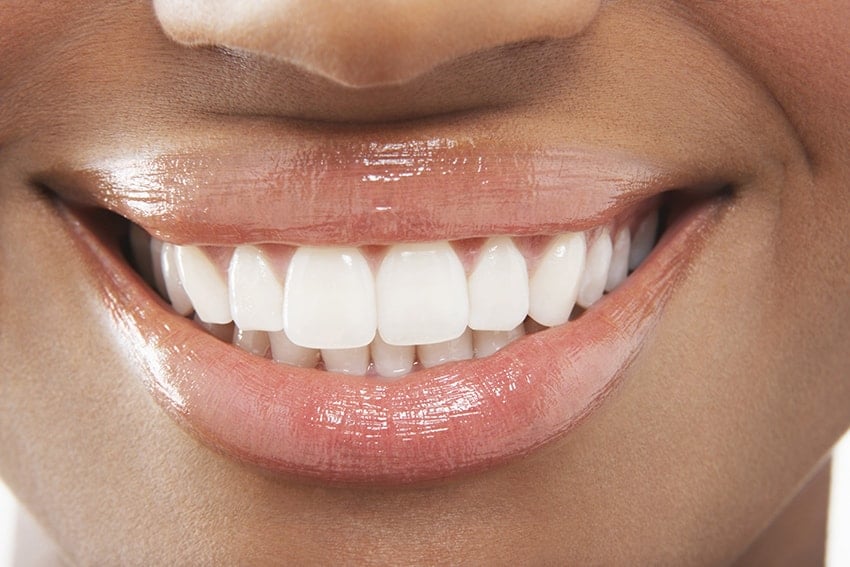Veneers are ultra-thin ceramic shells or a compound resin material, which is glued to the front of teeth.
Veneers have emerged as popular and eye-catching cosmetic dentistry practice for many around the sphere.
This procedure involves little or no anesthesia and can be the ideal choice for improving the look of the front teeth. Veneers are placed to mask tints, to revivify teeth and to improve a smile.

Why a Veneer?
Veneers are excellent alternatives to crowns in many conditions.
They provide a much more traditional approach to changing a tooth’s color, size or shape.
Veneers can mask unattractive defects, such as damage due to an injury or as a result of a root-canal procedure, teeth stained by tetracycline.
They are ideal for concealing discolored fillings in front teeth. Patients with gaps between their front teeth or teeth that are worn or chipped may consider veneers.
Generally, veneers last for many years and the technique has shown extraordinary durability when performed appropriately.
What Happens During The Procedure?
Patients may require up to three slots for the whole process: analysis and treatment planning, preparation and bonding.
To arrange the teeth for the veneers, the teeth are gently buffed for the small added thickness of the veneer.
Generally, about a half millimeter of the tooth is removed, which may require a local anesthesia. Compound resin veneers are generally done in a single appointment.
After the tooth is prepared, the dentist carefully links and carves the material onto the teeth. For ceramic veneers, a frame of the teeth is taken, which is sent to the laboratory for the making of the veneers.
It may take a number of days. If the teeth are too unappealing, a temporary veneer can be positioned, at an additional cost.
When the veneers are set, the dentist checks each veneer on the teeth to check their suitability and get a sense of the color or shade.
While the veneers are sleeping on your teeth, observe the results and pay courtesy to the color.
At this point, the color of the veneers can still be adjusted with the shade of the cement to be used as the color cannot be changed after the veneers are surfaced.
To apply the porcelain veneers, the tooth is cleaned with chemicals to complete the bond. When a special cement is inserted between the tooth and veneer, a light beam strengthens the adhesive.
About Maintenance?
The ‘new’ teeth take a week or two to adjust as it has changed its shape and size.
Floss and brush daily.
A follow-up checkup is obligatory after a week or two.
What are realistic expectations?
Veneers are sensible replicas of natural teeth, not the perfect substitutes.
It is common to see minor disparities in the color of veneers upon close inspection, as this appears in natural teeth also. However, this practice can impressively enhance your smile and can improve self-esteem.
If you need free consultation for porcelain veneers,then just get in touch with Dr. Safarian now!
